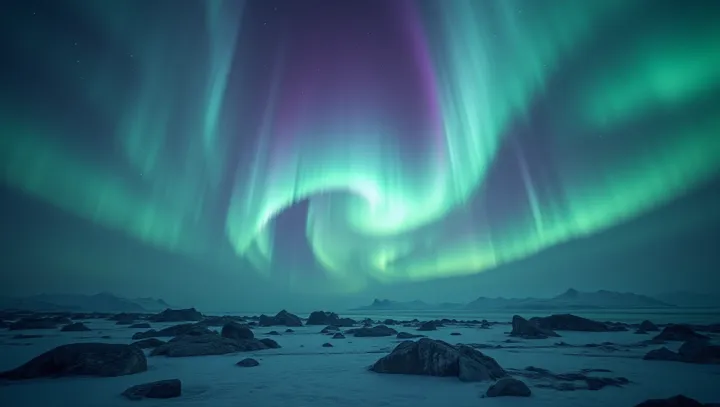Beyond Earth: Aurora's Universal Dance

Auroras, the awe-inspiring natural light displays commonly seen near the Earth's poles, have captivated human imagination for centuries. However, recent observations have confirmed that these dazzling displays are not unique to our planet. Confirmations from recent studies conducted by space agencies like NASA and ESA have revealed the presence of auroras on other planets in the solar system, such as Jupiter and Saturn.
These findings highlight the universality of this phenomenon, transcending the confines of Earth. Dr. James Crawford, an astrophysicist at the London Institute of Astronomy, states, "These discoveries not only enhance our understanding of planetary atmospheres but also open up new realms of exploration in the universe." The aurora is caused by the interaction between a planet's magnetic field and charged particles from solar winds, resulting in breathtaking bands of colored light.
This intricate interaction highlights the complexities of planetary science and space weather. As researchers delve deeper into this celestial spectacle, the allure of the aurora continues to grow, inviting both scientists and enthusiasts to gaze upon its beauty, whether from Earth or through the telescopic eyes peering across the cosmos.
